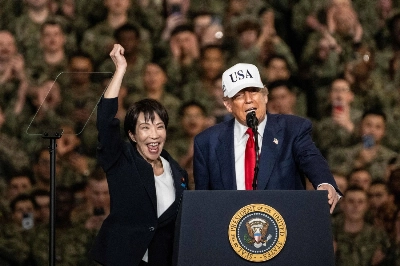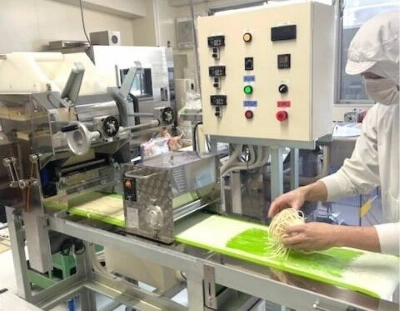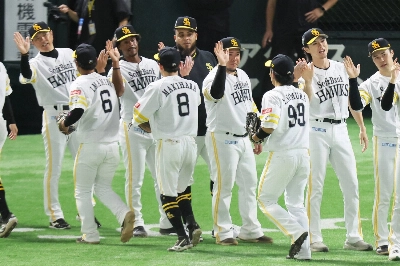Japan agreed last week to lift its ban on imports of American beef after the United States accepted Tokyo's demand for stricter safety checks. Imports will resume only after Japanese experts have checked the 35 U.S. meatpackers authorized to process beef for export to Japan. Even after imports resume, Japanese officials will be allowed to join their U.S. counterparts in surprise inspections of meatpackers. American beef is expected to be on Japanese shelves by late July.
Despite stricter safety measures written into the agreement, it is hard not to get the impression that the decision to resume imports was politically motivated inasmuch as it came just ahead of this week's summit in the U.S. between Prime Minister Junichiro Koizumi and President George W. Bush.
Japan first imposed an import ban in December 2003 after a Canadian-born cow in the U.S. tested positive for mad cow disease. The ban was lifted Dec. 12, 2005, on condition that beef exported to Japan was less than 21 months old and that so-called risky parts such as spinal cords, brains and surrounding body parts were removed. On Jan. 20, the ban was re-imposed after pieces of spinal column were found in a U.S. veal shipment.

















With your current subscription plan you can comment on stories. However, before writing your first comment, please create a display name in the Profile section of your subscriber account page.